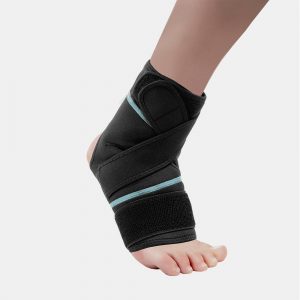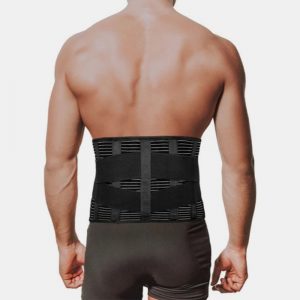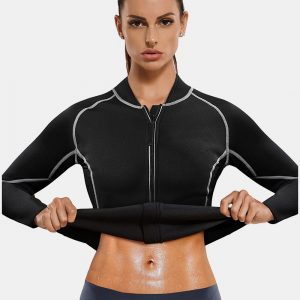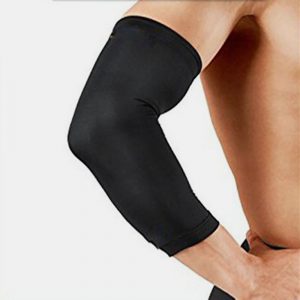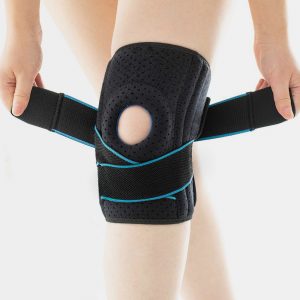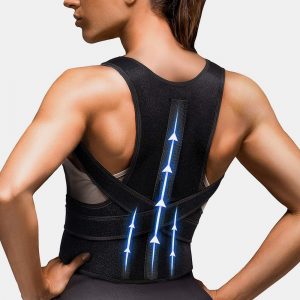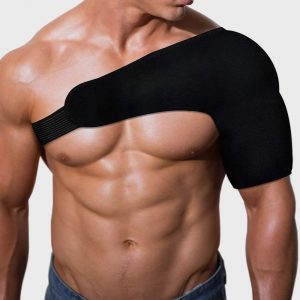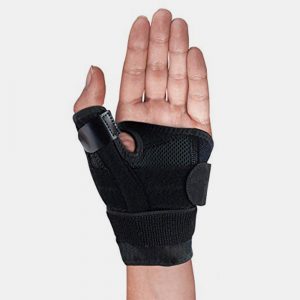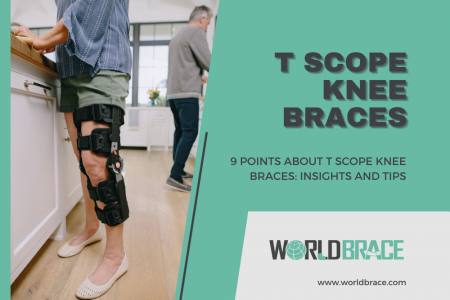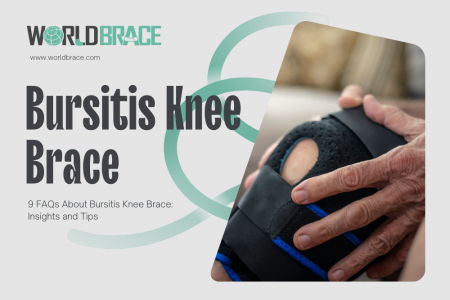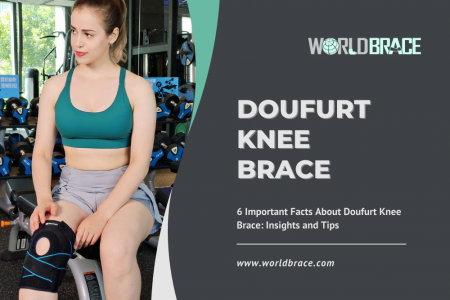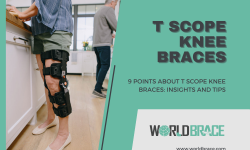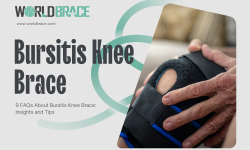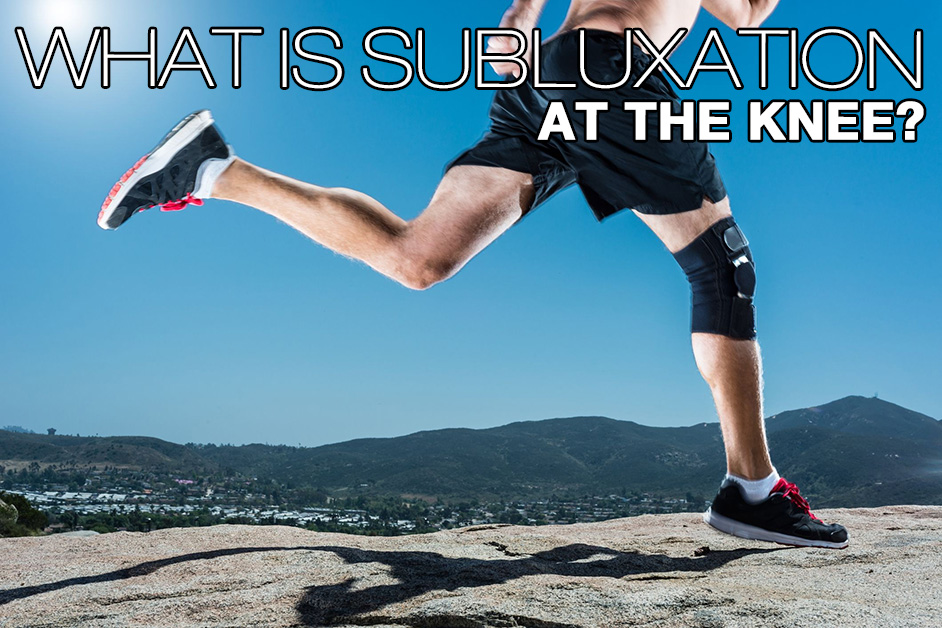
Patellar Subluxation is a patellar track disorder. It occurs when your patella, or kneecap, becomes dislocated partially laterally (outer) or medially. Your kneecap rests in the patellofemoral groove, or trochlea, at the end of your femur (thigh bone). Your patellofemoral groove lies between two bumps at your thigh bone’s end (femoral condyles). Your patellofemoral groove should allow your kneecap to slide in and out. However, your kneecap may partially come out of the track if you have a patellar subluxation.
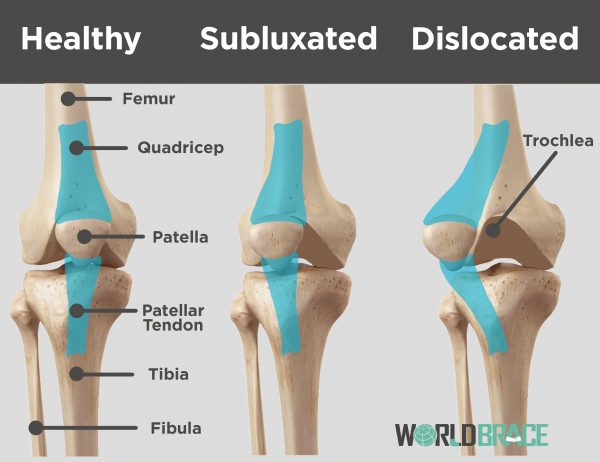
What does Patellar Subluxation feel like?
Some people feel minimal symptoms after a patellar Subluxation. Others experience many debilitating symptoms.
These are the symptoms of patellar dysfunction:
- It feels almost like your kneecap is sliding off of its place
- Externally, you might be able to see the kneecap displacement.
- Soreness and general knee pain
- Your knee buckles and can’t support any weight
- Stiffness
- Swelling
- Your knees creak or crackle.
What causes Patellar Subluxation
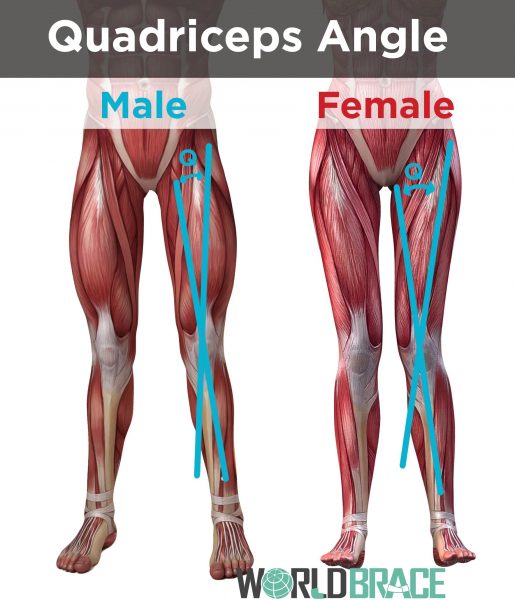
Bone structure – A patellar subluxation is more common in those with a low patellofemoral groove and an extensive Q angle. Your knee’s Q angle measures the angle between your quadriceps muscles (or patella tendon) and your knee. The Q angle gives you a lot of information about your knee alignment. Patellar Subluxation can be caused by bone structure, muscle, ligaments, tendons, movement patterns, and other factors.
- Weak muscles – Weak muscles around the hip and knee can lead to instability in your kneecap.
- Problems with your soft tissue – When your ligaments or tendons become too flexible, it can cause problems in your ability to hold your kneecap properly. Your soft tissues can also pull your kneecap from its correct place in the patellofemoral groove if they are too tight.
- Poor movement patterns – You also risk patellar Subluxation from sports and other activities. If you run, jump, or make quick twisting movements, you risk patellar subluxations.
Five Nonsurgical Treatment Options Available for Patellar Subluxation
Pain Management
Resting, icing and elevating your knees (R.I.C.E.) is all you need. A doctor can treat any pain or discomfort associated with patellar dysfunction. Anti-inflammatory pain medication, such as ibuprofen, can also help alleviate the symptoms of patellar Subluxation. If you have a patellar dysfunction, you must avoid aggravating activities for a while. This will allow your injury to heal correctly.
Physical Therapy
The most important aspect of treatment is physiotherapy. Your physical therapist will help you improve your range and motion, strengthen your muscles, and teach you the proper stretches.
Exercise
Patellar subluxation treatment is incomplete without exercise. Some exercises can strengthen weak muscles around your hips and knees. This promotes stability in the kneecap.
Weight Loss
If you are concerned about patellar Subluxation, weight loss can be helpful. Weight loss can reduce pressure on the knee joint and improve stability at the kneecap.
Braces and Taping
It is a good idea to bandage or wear a patellar subluxation brace to hold the kneecap in place during recovery or on a daily basis. A kneecap brace (or bandage) helps immobilize the knee. It also prevents any unwanted movement that could complicate your injury.
Best Braces to Treat Patellar Subluxation
You can use specific knee braces to treat patellar Subluxation or patellar displacement. These braces for patellar Subluxation provide additional support and assistance during treatment and a pathway to rehabilitation.
Open Patella Knee Brace for Patellar Subluxation
Many people with a subluxated leg prefer an open patella knee brace. This style keeps the pressure off your sore, arthritic kneecap.
This open patella leg sleeve has been a top-selling brace in this style. This pull-on knee sleeve is ideal for large legs. It features a patella pad to keep your kneecap centred in the femoral groove.
This hinged knee brace may be of assistance. Dual action hinges on the Brace allow for smooth extension and flexion while preventing any side-to-side movements of your knee. The Brace’s metal hinges can be removed as your knee heals. This will allow for a more flexible fit. Open patella reduces pressure on the sore kneecap. The popliteal opening at the back of the knee improves flexibility and airflow. The patella subluxation brace is also available in plus sizes.
C-Shaped Buttress and Knee Brace
C-shaped buttresses are rubber-like ring that surrounds the patella opening. They help stabilize your kneecap. A brace with a C-shaped buttress can be beneficial if you have medial or lateral patellar Subluxation. This support can also be helpful if your knees need extra help while walking on uneven surfaces, such as hiking or downhill.
Another great option is the patella stabilizing Brace. This patellar subluxation knee brace, with its C-shaped buttresses and four-part strapping system, can stabilize your kneecap and encourage patellar tracking. The Brace also has stays that can be placed on either side of the knee to provide additional support and prevent your Brace from rolling or bunching.
If you suffer from knee pain while walking or running, this lightweight, hypoallergenic knee brace will be a great choice. This low-profile knee brace has an open patella design that improves flexibility and relieves pressure on your sore kneecap. This knee brace’s C-shaped buttress can be adjusted for medial or lateral patellar Subluxation. This knee brace will also cover your popliteal (backside of the knee) for additional support and compression.
Knee Brace with U-Shaped Buttress
A knee brace with a U-shaped buttress is excellent for treating patellar Subluxation. They protect your knee joint, improve patellar tracking, reduce inflammation, and help to prevent future subluxations. The U-shaped buttress supports the patellar joint and keeps your kneecap in line.
Band for Patellar Subluxation Treatment
The patella knee band is placed directly under your patella (kneecap). It puts targeted pressure on the patella tendon. This helps to relieve stress from your knees and treat many knee-related issues. The knee band reduces the pain from patellar Subluxation, patellofemoral syndrome (runner’s or jumper’s leg), tendonitis, and other conditions that affect your patella.
Are you unsure which Brace is best for your patellar Subluxation. No worries. No worries. Our customer service representatives will be happy to assist you. Give us a call at (866 712-7808
Surgery for Patellar Subluxation
After trying every nonsurgical treatment option, you may still experience patellar Subluxation. You might consider having surgery to protect your kneecap. Many surgical options are available to protect yourself against patellar Subluxation or other patellar tracking disorders. You can find more information about the surgical options for patellar Subluxation. Before considering any nonsurgical or surgical treatment, we recommend you consult your doctor and physical therapist.

